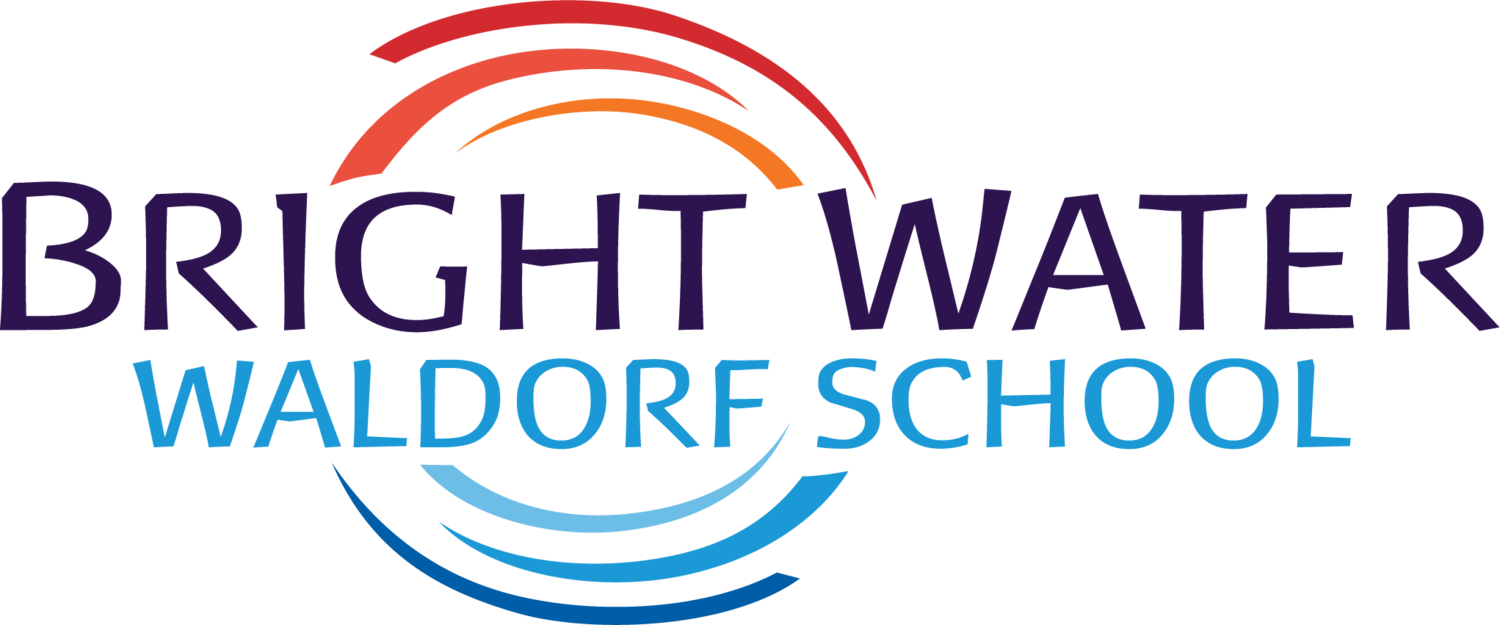Grade Two
GRADE TWO Learning Objectives
MAIN LESSON SKILLS
Class and small group dialogue, social-emotional development through weekly Class Councils, experiencing stories and envisioning themes and outcomes
LANGUAGE ARTS
Lower case letters, parts of speech, reading, oral recitation, drama
LITERATURE
Fables, folklore, legends of saints and heroes, Native American lore
MATHEMATICS
Continuation of the four operations, concrete computation, column addition and subtraction, multiplication facts
SCIENCES/ENVIRONMENTAL EDUCATION
Nature study – qualities of animals
WORLD LANGUAGE
Japanese songs, dances, games, poetry, stories, alphabet, and numbers
HANDWORK
Knitting and purling with pattern changes to create a figure, simple hand sewing
MUSIC
Pentatonic flute, folk songs, singing
movement
Cooperative games and Aikido
PAINTING & FORM DRAWING
Linear forms, mirrored forms, wet-on-wet painting
ART
Beeswax modeling, felting, weaving
Second graders practice and build on the numeracy and literacy skills learned in Grade One. In math blocks, students continue to work on the four processes and begin learning the multiplication tables by rote and through rhythmic games. Second graders practice consonant blends and word families, and writing in sentences. Their reading skills emerge from familiarity with their own writing and with letter shapes and sounds. They engage in the art of dialogue around the moral ideas presented through world myths and fables.
During Grade Two, emerging eight year olds begin to be aware of their separateness from others. At the same time, the social cohesiveness so strongly fostered in Grade One continues to take root. While friendships form, individual differences also become more apparent. The sense of polarization that second graders experience is mirrored in the historical focus for the year: the two extremes of moral conduct illustrated by stories of compassionate people contrasted with animal fables. Nature stories, riddles, and poetry also inform the Grade Two studies—whether in math, science, movement, or art.
Students will produce a class play that reflects the second grade pedagogy. They delight in being able to embody these moral forces that can be used to heal or hurt others. Students learn folk songs and sing together in melody, and continue to play on their pentatonic flute.
Subject Classes
Japanese
Grade Two is a continuation of imitative learning in the target language that began in Grade One. Students are fully immersed in the language without translation. They naturally absorb the language by interacting exclusively in it: through conversation and greetings, song, poetry recitations, games, and cultural stories. No writing or grammar is introduced overtly. The focus of the class continues to be on the whole group rather than the individual student. Main lesson curriculum and habits are reinforced and curriculum aspects are integrated through the target language.Handwork
In Grade Two, the students continue their journey in Handwork with knitting. The
rhythmic and repetitive nature of knitting develops concentration, strengthens small
motor skills/hand-eye coordination, and brings a sense of calm and well-being to the
student. Students continue to develop healthy work and social habits as a foundation for all the Handwork lessons to come.
After reviewing knitting skills from Grade One, students learn more complex knitting skills. The main project of second grade is knitting a handwork gnome. Students change colors and count stitches and rows, reinforcing numerical skills in a challenging yet enjoyable manner. Students check their work regularly in order to recognize mistakes early on and will start to correct some of the mistakes by themselves.Movement
The second grade student continues to live in the world of imagination or at least very
close to it. Whenever a new game or challenge is introduced a story or picture is used
rather than a simple reading of the rules. The student is then better able to enter into the
game with a freedom towards creativity. All activities use and explore some of these
imaginative forces.Movement class is a gateway towards the joy of moving. It is also a window into the student’s social life and that of the class. Activities are cooperative in nature, though not in an obligatory way, allowing the student to explore what it means to be and not to be cooperative. Games and movements include chasing and tagging games, jumping rope, circle games, line games, listening activities, hand clapping games, string games, and throwing and catching games.
All students also participate in twice weekly Aikido classes, a Japanese martial art of shugyo: an intense physical and spiritual training to perfect human character and develop true wisdom. All our movement classes continue to support the students’ emerging social and spatial awareness.
Environmental Education | Place Based Learning
Students continue to engage their local bioregion through autumn trips to local farms, spring-time visits to the tidal flats of the Salish Sea, and walks to local parks. They have more responsibility in the annual student-led Farmers Market, and they continue to engage with the Cedar River through local watershed walks and helping steward the salmon lifecycle. Students are also taught how to tend and enjoy the harvest of a garden through the stewardship of our school yard raised bed gardens.












